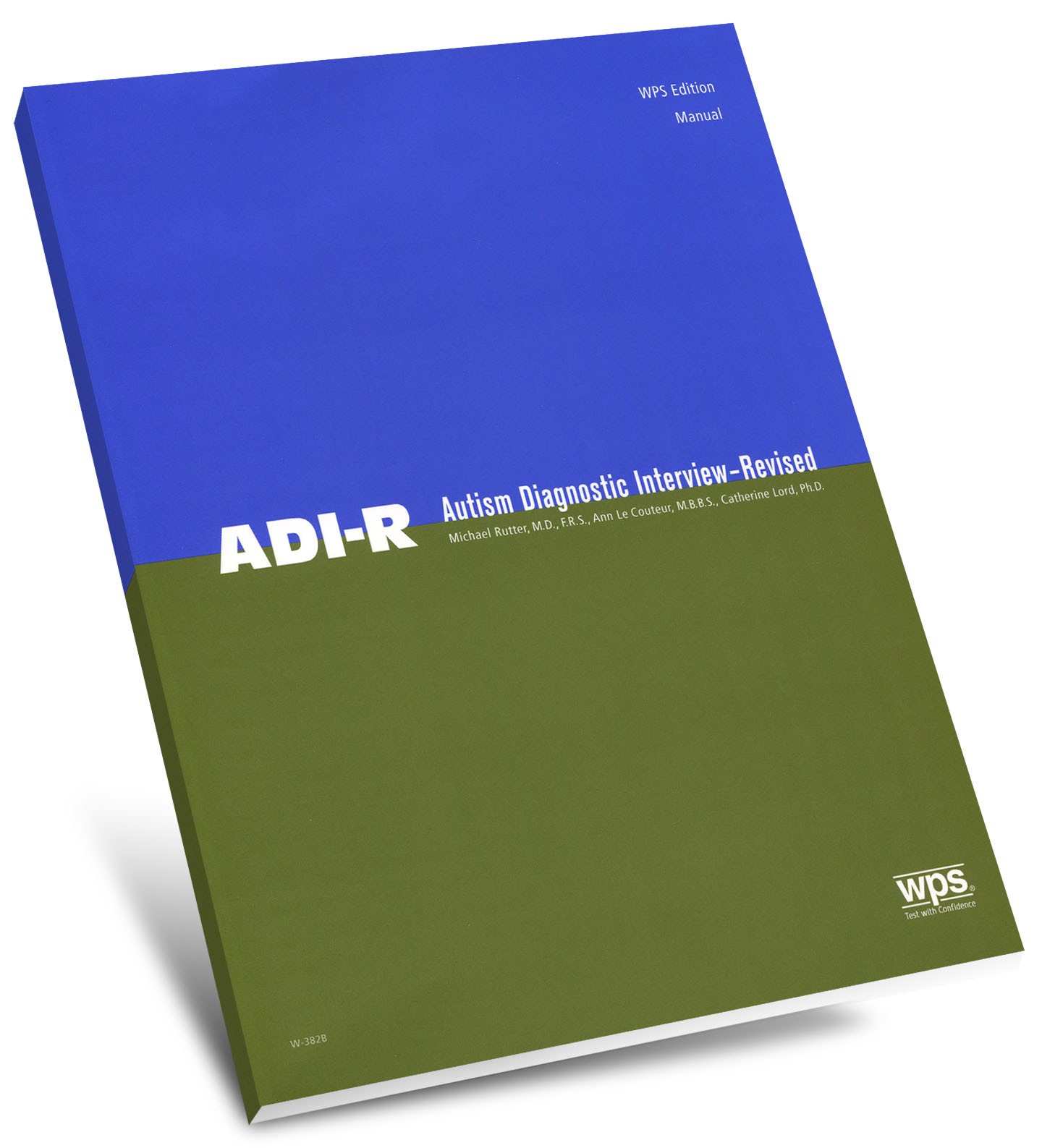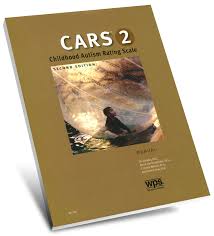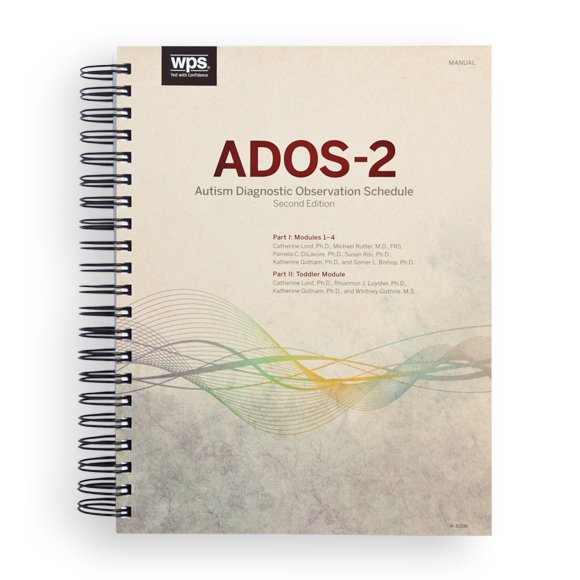Autism Tests & Diagnosis
Diagnosis of Autism Spectrum Disorder (ASD) requires differential determination as to whether the child is on the autism spectrum, or if the observed behaviours are the result of a medical or other condition. At BNC, we use a structured method to determine the difference. Often families are referred to us after a diagnosis was made by another health professional. In these cases, we use prior medical history and only conduct other tests if we believe it necessary. ASD is not diagnosed on biological tests(blood test, brain scans etc.) alone. A diagnosis of ASD is made by a team of psychologist and a clinical psychologist who has conducted Autism Tests, has gathered and considered all information, including:
- Developmental and clinical history.
- The Childhood Autism Raring Scale (CARS)
- The Autism Diagnostic Interview (ADI-R) (a parental interview used to examine a child’s early developmental history and current behavioural functioning).
- The Autism Diagnostic Observation Schedule (ADOS): This is a structured behavioural assessment, in which observations are made of the child in a play-like setting.
- Testing of cognitive functioning WPPSI-III or WISC-V (this is not formally required for an ASD diagnosis but is required by some funding sources and educational departments (NDIS, DHS).
- Receptive and expressive language assessments (e.g., excluding pragmatic language disorders).
- The VINELAND 3, a functional questionnaire for parents assessing adaptive behaviours (e.g., learning, dressing, eating etc.).
- The PEDI-CAT
- WHODAS
Developmental and clinical history
The Autism Diagnostic Interview-Revised (ADI-R)
 The Autism Diagnostic Interview-Revised (ADI-R) is a structured interview, conducted by a psychologist, with the parents of individuals who have been referred for an ASD evaluation. The interview, which has been used by researchers and clinicians for decades, is a diagnostic tool from people aged 18 months and older. It measures behaviour in the areas of reciprocal social interaction, communication and language, and repetitive/restrictive patterns of behavior.
The Autism Diagnostic Interview-Revised (ADI-R) is a structured interview, conducted by a psychologist, with the parents of individuals who have been referred for an ASD evaluation. The interview, which has been used by researchers and clinicians for decades, is a diagnostic tool from people aged 18 months and older. It measures behaviour in the areas of reciprocal social interaction, communication and language, and repetitive/restrictive patterns of behavior.
The ADI-Rcovers an individual’s entire developmental history and is conducted in the clinic, or online, by a psychologist. It generally takes 1-2 hours. Parents/caregivers are asked 93 questions that span three past and current behavioral areas.
The ADI-R is divided into five sections 1) opening questions 2) communication 3) social development and play 4) repetitive and restricted behaviour 5) general behavioural issues.
Since the ADI-R is a semi-structured interview, the questions are open-ended in nature. This enables the investigator to obtain all the information required to determine a valid rating for each behaviour. Due to its fluidity, parents and caretakers usually feel comfortable when taking part in this interview. Some people find that participation alone aids their understanding of ASD and the factors that lead to a diagnosis.
Autism Test for Cognitive Skills
Our ability to learn depends on our cognitive skills. A psychologist at BNC can assess cognitive abilities. A consult and assessment with an ASD expert can provide valuable information about management strategies and help you formulate an individualised therapy plan for your child.
Receptive and expressive language
Comprehensive tests help us determine your child’s expressive and receptive communication skills. Both, verbal (spoken) and non-verbal communication (use of gesture and reading of body language) skills are tested. Many children will also have their pragmatic language skills assessed. Pragmatic language skills refer to how effectively they use their words and gestures to communicate. Assessing language skills includes a comprehension evaluation of their oral motor and speech motor systems, such as:
- Non-speech motor functions: posture, gait, gross and fine movement coordination;oral movement coordination, mouth posture, drooling, swallowing, chewing, oral structures, symmetry, volitional vs. spontaneous movement.
- Speech motor functions: struggle and strain during speech attempts, visible groping of mouth, deviations in prosody (rate, volume, intonation, etc.), fluency of speech, hyper/hyponasality, speech diodochokinesis(involving alternative and sequential speed on consecutive repetitive attempts at utterance), volitional vs. spontaneous attempts.
- Articulation and phonological performance: amount of verbal output, sound repertoire, reluctance to speak, interactive ability, intelligibility and type of errors, effects of performance load and increasing complexity; connected speech sampling.
- Language performance: comprehension and expression, type of utterances, semantic and syntactic ability, effect of increased length of input, conversational abilities.
- Others: ability to sustain and shift attention, reaction to speech, distractibility.
Behavioural Observation
 Childhood Autism Rating Scale (CARS).
Childhood Autism Rating Scale (CARS).
Information is obtained about the child's behaviour using standardised rating scales such as the Childhood Autism Rating Scale (CARS). The CARS is a15-item behaviour rating scale which helps identify children with ASD, distinguishing them from other developmentally handicapped children. The CARS can distinguish mild, moderate,and severe ASD.
The CARS was developed over 15 years and includes items drawn from five prominent systems for diagnosing ASD. Each item covers a particular characteristic, ability, or behaviour. After observing the child and examining the relevant information provided by the child’s parents, a psychologist at BNC rates the child on each item. Using a 7-point scale, the psychologist indicates the degree to which the child’s behaviours deviate from those of a typically developing child of the same age.
Autism Diagnostic Observation Schedule
 The ADOS is used to evaluate people who have been referred for an ASD assessment from toddlers to adults, whether verbal or non-verbal. Like the ADI-R, the ADOS is a semi-structured assessment. However, unlike the ADI-R, the child is present. The child engages, in-clinic, in a variety of activities whilst a psychologist observes their social and communicative behaviours.
The ADOS is used to evaluate people who have been referred for an ASD assessment from toddlers to adults, whether verbal or non-verbal. Like the ADI-R, the ADOS is a semi-structured assessment. However, unlike the ADI-R, the child is present. The child engages, in-clinic, in a variety of activities whilst a psychologist observes their social and communicative behaviours.
The activities provide an relatively normal context in which natural interactions can occur. The ADOS consists of four modules, each 35 to 40 minutes in duration. Depending on their age, the person may complete just one module related to their expressive language level.
Our psychologists will select the most appropriate module for your child.
Module 1 is used with children who do not consistently use phrase speech, Module 2 is used for those who use phrase speech but are not verbally fluent, Module 3 is for fluent children, and Module 4 is intended for fluent adolescents and adults. The only group that the ADOS is not appropriate for is non-verbal adolescents and adults.
The ADOS produces cut-off scores to determine a broader diagnosis of pervasive developmental disorders (PDD)/atypical autism /or ASD, as well as the traditional/narrower conceptualisations.
Since it offers standardised materials and ratings, the ADOS is a measure of ASD that is unaffected by language level. It can be used across populations and is a cost-effective addition to any hospital, clinic, or school that works with clients with developmental disorders.
Exclusion Criteria
Medical and psychiatric conditions that give rise to behaviours similar to those seen in ASD need to be excluded. These include Pans Pandas Syndrome, Rett’s Disorder,and Childhood Disintegrative Disorder. The following is a description of other pervasive developmental disorders:
- Pervasive Developmental Disorder, Not Otherwise Specified (PDD,NOS) is diagnosed when ASD symptoms are present but full criteria is not met. People with PDD-NOS present with ASD symptoms, but typically do not have as many social and communication deficits as those who meet the full criteria. Such people are often higher functioning and more responsive to therapy.
- Rett’s Disorder is a degenerative disorder which affects girls and usually develops between the age of 6 to 18 months. Characteristic behaviors include loss of speech, repetitive handwringing, body rocking, head banging and social withdrawal. This disorder, along with other childhood disintegrative disorder, is extremely rare.
- Childhood Disintegrative Disorder (CDD) falls under the umbrella of PDDs because children with CDD develop normally for two or more years before a regression in their abilities. These children lose previously acquired functional skills in expressive or receptive language, social skills, or adaptive behaviour including bowel and/or bladder control,play, or motor skills. CDD is much less common than ASD and other PDDs. Children with CDD exhibit many of the social, communicative, and behavioral deficits observed in ASD, including a loss of desire for social contact, diminished eye contact, and loss of non-verbal communication.
- Global Developmental Delay (GDD).
Genetic Anomalies
At BNC, we gather information regarding whether there are any genetic anomalies that may account for observable behaviours. We work with a pediatrician, either the child’s own or one of our recommended specialists. We also carry out screening tests for genetic polymorphisms to look for gene variations that may contribute to cellular malfunctions.
Autism Test for Hearing
Before conducting any ASD assessment, a person’s hearing must be assessed. A commonly reported symptom for those with ASD is a lack of response to social overtures and vocalisations (‘acting as though deaf’). Thus, an auditory assessment is essential to exclude the possibility of a hearing impairment which might look like one of the early signs of Autism. If necessary, we will arrange one.




